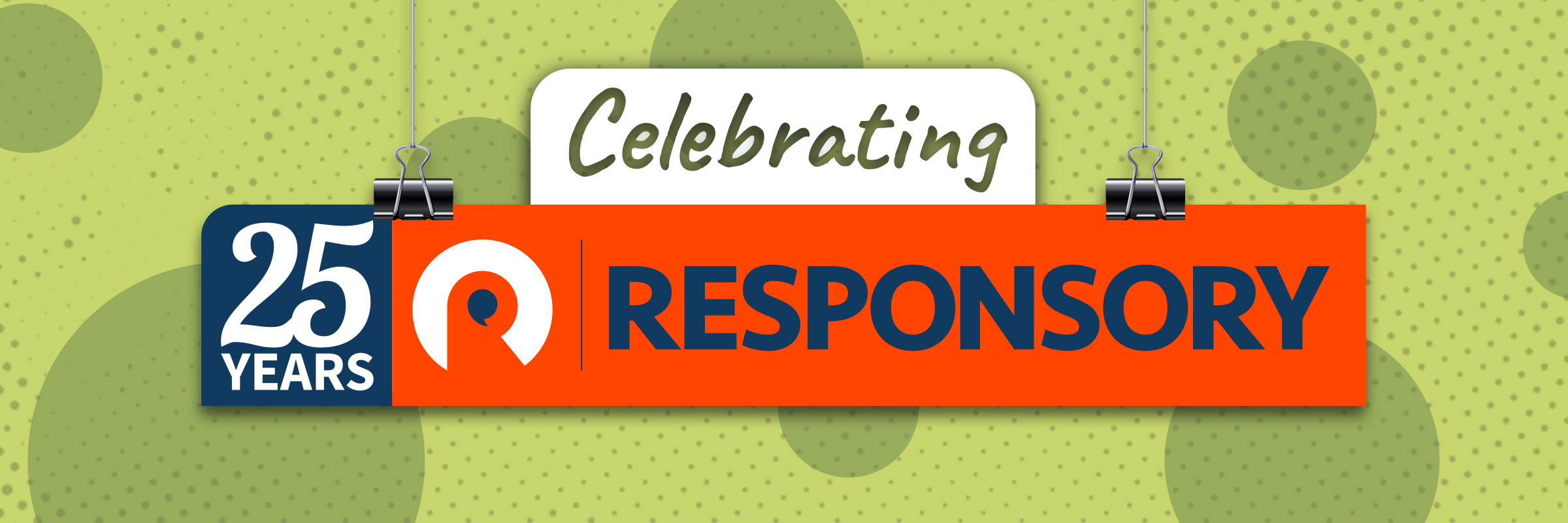Blog
Here’s what’s happening…
Generative AI Prompts to Streamline Workflows and Boost Creativity
At Responsory, we’ve integrated AI into our workflows to save time, enhance creativity and optimize results. Curious about how it can do the same for your business? Read on to discover how we use AI prompts to streamline tasks, supercharge SEO and boost creativity.
READ MORE ›Finding a Pharmaceutical Marketing Agency [Podcast + Blog]
Discover key traits pharma brands should seek in a marketing partner to drive results—industry expertise, regulatory knowledge and innovative strategies tailored to their unique needs.
The Role of Data Science in Marketing
From personalizing messages and understanding your audience, explore how our team uses insights gained from big data to craft more effective, more efficient and just plain better marketing strategies.
Native Advertising for Pharmaceutical Brands
So you want to engage audiences, build trust and overcome ad fatigue? Try native advertising! See why we think native ads are a great addition to any pharmaceutical marketing strategy.
Quantitative vs. Qualitative Market Research
Which research method best suits your marketing objectives? Choose wisely and you’ll leave two-thirds of your competition behind!
Why Does Customer-Centric Messaging Matter?
Learn how customer-centric messaging can help you find points of differentiation your customers will notice.
5 Tips for Pharmaceutical Digital Marketing
Dive into the essentials of crafting an effective digital marketing strategy in the pharmaceutical sector.
25 Takeaways from 25 Years of Measurable Marketing
Check out some of Grant A. Johnson’s key takeaways as he reflects on Responsory’s growth, change and focus on marketing excellence.
The Renaissance of Email Marketing in 2024
Discover why email marketing remains an efficient and effective strategy – plus find tips and tricks for doing it right!
How Meta Tags Can Improve Your Website’s SEO and UX
Dive into the world of meta tags with this beginner's guide. Find out what they are, how they impact SEO and UX, and get practical tips and useful tools for optimization.
2024 Trends, Predictions & Strategies to Watch
What's in store for 2024? We gaze into our crystal ball to give you the top 8 marketing trends, predictions and strategies to look for and try out this year.
What’s the Secret Sauce For Creating Winning Client-Agency Relationships?
Unlock the secrets to successful client-agency relationships with Jared Belsky's latest book, 'You Get The Agency You Deserve.' Discover practical advice, industry insights, and a roadmap for building and maintaining productive partnerships.
How Our Mindset Analytics Process℠ Can Help You Succeed in 2024
Explore how MAP Marketing Research, powered by machine learning and AI, can unveil your customers' true pain points, delve into the "whats" and "whys" behind their sentiments, and addresses industry challenges to ensure a successful year ahead.
















